by Robert Gojevic
stillness!
close UP brings readers closer to a photographer by providing extensive insight into his work.
close UP brings readers closer to a photographer by providing extensive insight into his work. The photographer is presented through a wide selection of photographs, a detailed interview, and by highlighting important biographical information. Imagine talking with a photographer whom you admire over a cup of coffee. This is exactly what BLUR’s editor-in-chief does in this section—virtually, of course.
stillness!
“I always appreciate and feel flattered when somebody is interested in my work. I never will get tired of it. And, of course, it’s a good motivation to keep on working as a photographer. Even if you’re successful in your job, there are some moments of self-doubt. Most people don’t know this from outside and are given to idealizing everything you do.“
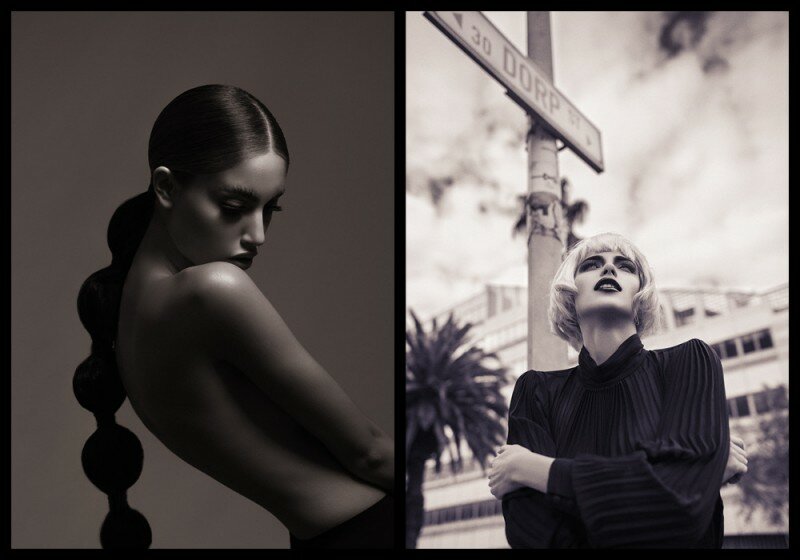
“The best: creativity, freedom, travel—you can do pretty much anything you want with your time and life, live anywhere as a nomad, meet tons of different people. No day is the same as the day before. The worst: you have to deal with a very specific subspecies of people in the fashion industry, so developing superhuman patience is of paramount importance. “
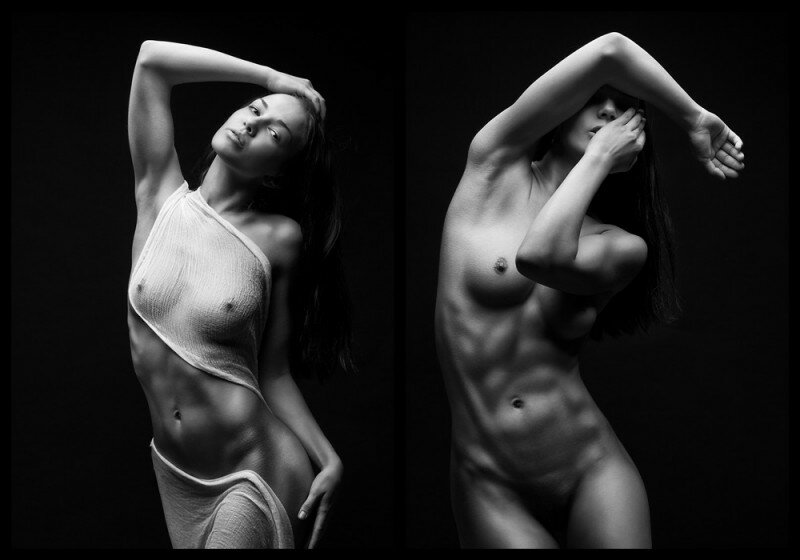
“What attracts me most to photographing nudes is the game of light and shadow, the depth of which I can get of texture of the skin. Alternating black and white, straight and curved lines.“
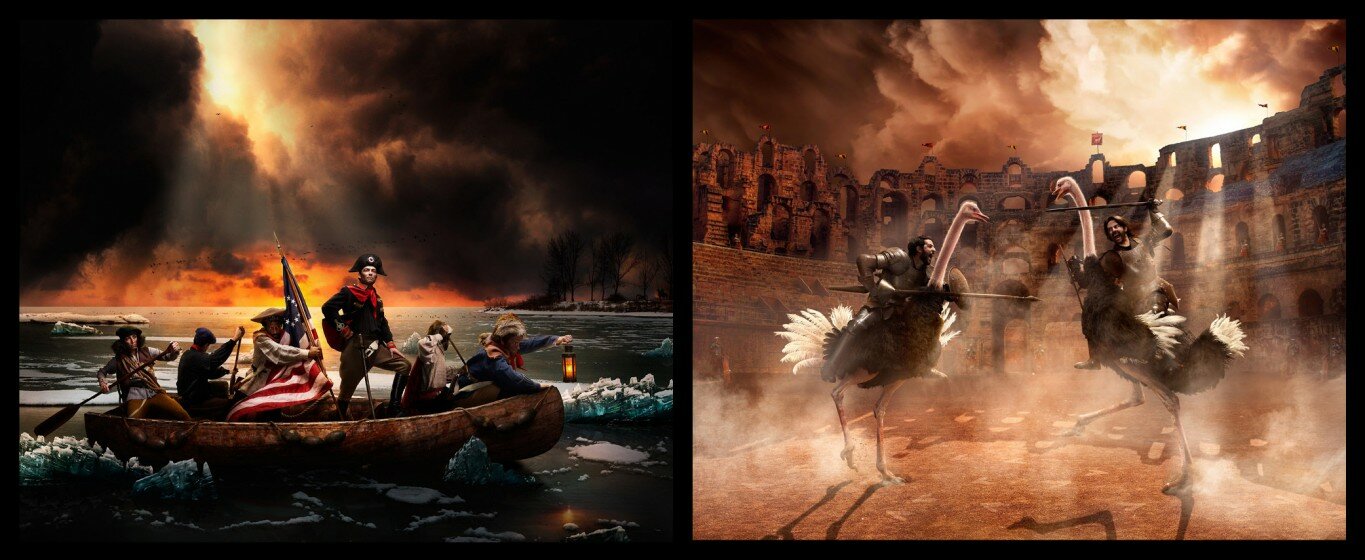
“My inspiration comes from my own questions on mortality—how does one find meaning in their life. I’m interested in philosophy, art, and cinema. Igenerally would say my ideas come from these three core areas.“
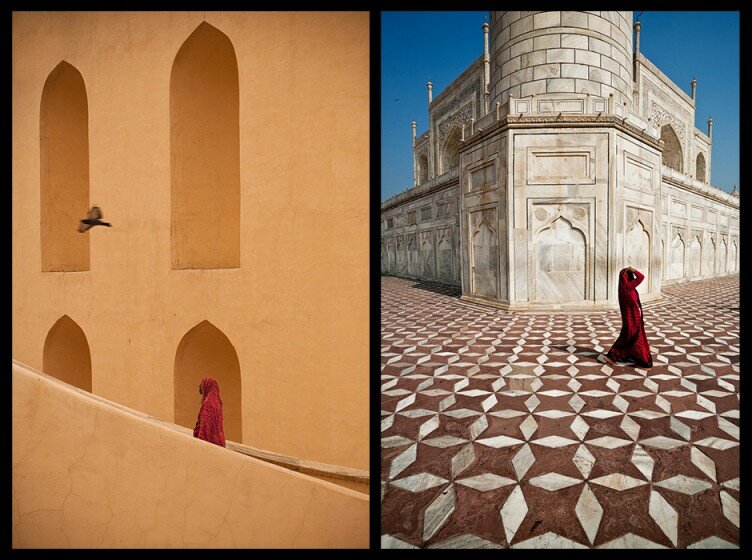
“I search for moments that portray some beauty and emotion—often filled with silence and grandeur. Whether it is a face, a motion, a mountain, bridge, or temple.
I have never looked at photography as an industry, but purely as my passion and pleasure. As a professional, it is vital to me to keep the enthusiasm of an amateur.
I photograph genuine, pristine moments, never posed or fixed. Total respect for any individual or group is at an essence—my work is about capturing a true and natural beauty.“
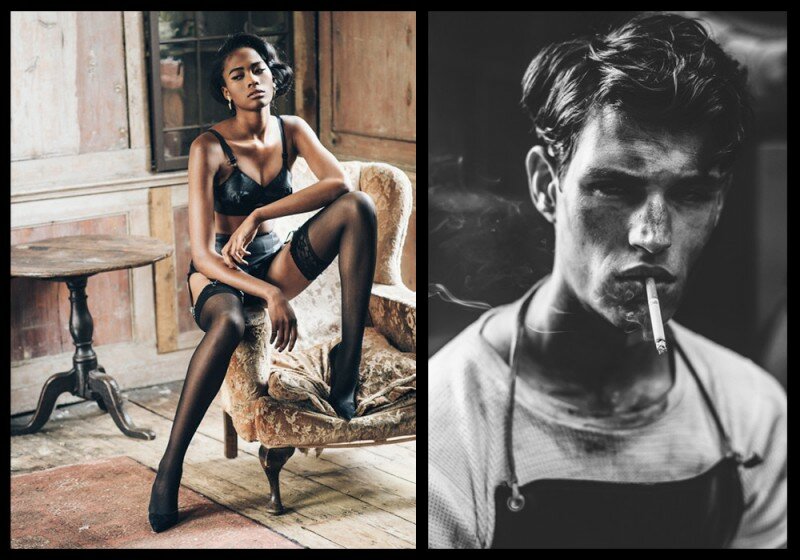
"I think it’s important to shoot people who get you excited. It’s not always possible of course, but if you find something interesting about someone, it’s much easier to shoot them."
“Most of all I like interesting faces. I think every face is really unique. Body for me is a material that we can see in pictures. I’m not crazy about some special parts of it.“

“I’m trying to be as honest and benevolent as possible, trying to capture a sincerity I’m sensitive to or that I feel out of the models or celebrities people I shoot with. The best compliment I can get as a description of my photography would probably be: « There is something special there in this photograph...»“

I love order. I do not like clothes all around the room or anything like that. Everything that distracts me from the subject or from the idea I have disturbs me. Like a chef in his kitchen, like an architect with a white paper on his designer table, or like a surgeon in an operating theater. Hey models, don’t be scared now, I am only very particular, not a maniac!
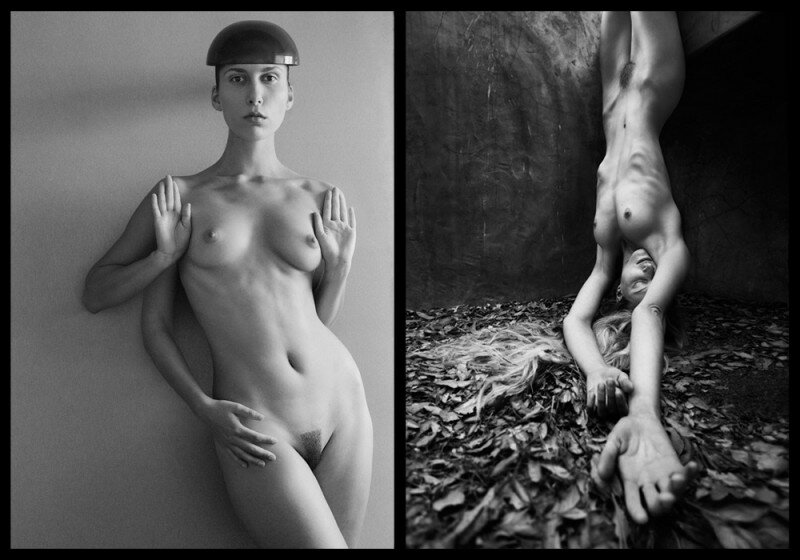
“To take a picture that would show what you feel, what you fight, or who you are is the hard thing—especially because you can’t force it, you can’t do it too rationally. What I try to do is to be spontaneous, to interact with the environment, to throw away the premeditated concept and give way to subconscious behavior.”
"Since our childhood, we have been attracted by beauty... the beauty of fabric and colorful buttons that our grandmother used to have for sewing and knitting dresses. Delicate chiffon ... lustrous silk … soft velvet—in a variety of shades, tints. A palette of sensations.
Our room always reminded of an art space where we used to create. Watercolors and wet glass to receive an abstract pattern and then transform them into various visual scenes, artworks. We put black ink on paper with tiny lines revealing graceful silhouettes of women. Sometimes we were working together on one drawing using a single piece of paper to let one of us start it and the other one to continue and complete."
"I like challenges, and I think that facing them gives a photographer an opportunity to approach the reality of creating work. Of course, I am ambitious and want to move forward and never stop developing. I don't have an image that in my opinion is better. They are all different; each and every portrait tells its own story."
"Regardless of their origin, wealth, or significance, every king up to now has treated me with great respect, kindness, and courtesy. Admittedly, essential for this is keeping the particular protocol and bringing a small present. Sometimes I, too, receive presents from the kings, for example, a carved mask or an article of traditional clothing."
"First of all, I imagine an idea then I will look for a suitable model, once everything is organized and the studio’s mood is set to what I have imagined this would also include the perfect set of lightening which is really important, before the model arrives I’d take few sample shots just to adjust the lightening to have everything as perfect as possible. Most of the time I do everything by myself but yet there are times that I ask someone else’s assistance."
"By tradition, India is rich in colors. Our tradition/culture, streets, houses, and wherever you go, you see lots of color. I too love colors. I have seen many black and white photos/movies of legends. Those inspired me and got into my photography. I prefer black and white when it comes to portraits. The primary subject in most of my portraits is the eyes. I strive to portray the inner heart and soul through the expressions in the eyes. I believe that through the subject’s eyes and expression, one can get a feeling of the person’s emotions, state of mind, happiness or sorrow. For this, I don’t want color to distract from what I want to show the world."
"There are different types of creative photographers. I think all the elements you mentioned are fundamental. For me personally, the people on my team are a very important factor. After all, the photography world is a bit like cinema: many different skills come together in the process and every one of them needs to be rewarded financially. The photographer is like the director, the one that has to make the whole shoot work. Knowing how to manage different resources is a key element in advertising photography. "
"I see photography as the process of research. I am completely open to the things happening here and now. That's how you make the work come alive. The idea often prevents us from seeing. Subsequently, I can see similarity with the work of other photographers. It's quite natural that everything that I observe around me appears in my work. To me, it means that I'm going in the right direction."
„The colors in my work are the same colors I have felt a connection with my entire life. (...) In my case, I “hear” colors, almost as if they were musical notes. Combinations of colors are like combinations of notes and become chords. And just as in music, some chords are dissonant and tense, and some chords are complex and beautiful. In my work—more or less—I just choose colors that make the nicest music together.“
"Working as a photojournalist, I developed my photographic expertise and got well acquainted with the environment. The creative approach, which was always my primary driver, was something one couldn’t always use in the framework of journalism. So I had to find a completely new area to be creative. The fashion industry was expanding rapidly at the time and demanded creative presentation of products. This was an interesting challenge for me, which gave me the opportunity to express myself creatively through catalogues, posters, and similar media."
"I find the term feminist difficult, as it is so loaded. I’m interested in the issues that cause women to be feminists. I mostly use women because I am female therefore my experiences are that of a woman. I wish to empathise, understand and relate to women’s plight, historically, culturally and the everyday."
"Yes. I believe that when you are standing naked in front of a camera you are in vulnerable position. I’ve been shooting nudes for more than 20 years, and most people in front of my camera felt that way, with a lot of emotions coming up.
Once they gain trust, and realize that I respect them and listen to them, they open up and often start sharing their emotions, sometimes telling me their traumatic stories, which have been crying for years to get out.
From the start of the sessions, they feel that my interest in their personality is at least as important as my interest in their physical appearances. I want to go beyond the mask of the fake sexual availability you find in “babe” and other kinds of sexy photography. The aim is to show a real facet of them and make them go home feeling good about the session, and about themselves."
"People generally believe that people who love their body and work hard on it, like to show it off. Probably you know the best, is it difficult to find models for your photos?
Yes, it is generally true. People work hard with their bodies in different ways – this includes athletes, body-builders, gymnasts, figure skaters or dancers. Each sport forms the figure differently and the mind of the model too, of course – and it is useful to perceive these varieties. It would not be fun if it were easy to find the necessary models. This way of looking for new people is often casual and always interesting. I do really like people I meet – everybody is unique".
"The eyes are the window to the soul. Since I want to connect to my subjects and eventually my viewer, I want them to explore beyond the facade of the face. The eyes allow the viewer to have a peek into the inner character of the person, to fathom the sensibilities and intricacies of the human spirit."
"I am very flattered to publish a portfolio in Blur, it’s a magazine who is genui¬nely interested by the author. Open to new talents without discrimination. I think your questions to the authors are often very releva¬nt you really take time to analyse photographer’s work before, this is not the case with all magazines where issues are often formatted." I wish a long life to Blur-Magazine."
The first thing we noticed when browsing through your gallery is that there are no photographs of a male model. Could tell us your reasons for that?
With a female model it’s easier for me to build a story, to create that timeless mood which is the signature of my photos. What I like above all is to celebrate grace and femininity. Each photo session is just like a caressing brush, a succession of vibrations, a musical score. It’s often difficult for me to find the right sounds with a male model. In my everyday work, men also meet the focus of my camera, but those are generally speaking rather classical pictures, used for curriculum-vitae, press or working files.
A lot of authors take to nude photography. What makes your effort different? The world consumes photography, but photography also consumes the world. There isn’t a single place on Earth where a photographer hasn’t set foot. In this flood of photographic images, it’s very difficult to present something new, authentic and your own. This is especially important for nude photography. Nudity surrounds us: it’s in the media, the newspapers and on newsstands, in commercials, on billboards, it jumps on us from TV screens. There are few products today that aren’t advertised using the naked female figure. I’ve tried hard to reveal my permanent inspiration with the female form to the observer of my photography. I’ve taken photos of women in such a way to present them as subjects, not objects of exploitation, as this is often the case with commercials and the media. I wanted to express my respect for them, to affirm the beauty and aesthetics of the body. In other words, I wanted to express the poetic image of the female body.
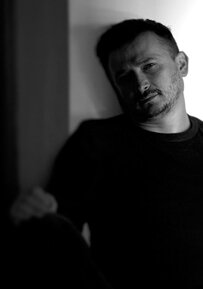 Robert Gojević, born in 1968 in Zagreb, a professional painter, graphic and web designer. Active photographer during last 5-6 years. Married and father of two children.
Robert Gojević, born in 1968 in Zagreb, a professional painter, graphic and web designer. Active photographer during last 5-6 years. Married and father of two children.
www.robertgojevic.com
When you are a person that always needs to do something creative, and on top of that are a professional painter, photographer, graphic and web designer, you are on a daily basis dealing with thoughts and attempts to create something new and different. However, what you mostly ‘produce’ is bunch of unconnected work that don’t co-exist, which are completely independent. In order to create a magazine, different from what you can find on the market, besides clear vision and creativity you must also posses ambition, be very organized and structured but also a bit crazy, especially if you are working on a non-profitable project. On the other side, creating a photography e-magazine without the burden of high financial costs, such as printing and distribution fees, means freedom and guarantees satisfaction as you can entirely devote yourself to authors and their artistic work. It was this unbelievable feeling of freedom that gave me inspiration and impulse to create a magazine that I would like to see on the market and immediately buy it. After 2 years working on Bulb magazine, I could feel how satisfaction grew with every new issue. But it is now, after first BLUR issue, when I can say that I believe I am on a good track, as it is always the most difficult to primarily satisfy myself.
×